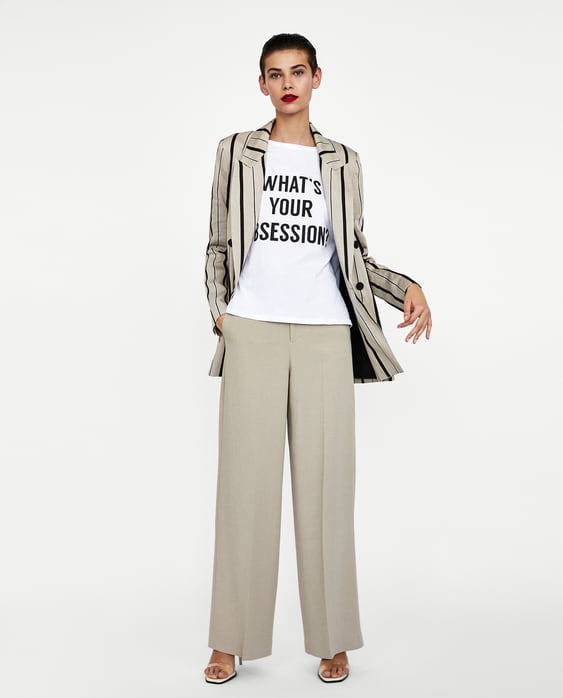The dubbed "T-shirt" surfaced in the United States when they were issued by the U.S. Navy sometime around the Spanish American War. They featured crew-necks and short sleeves and were meant to be worn as underwear beneath the uniform. Soon it was adopted by the Army as part of the standard issue ensemble given to recruits. It got its iconic name from its shape resembling the letter "T". Dockworkers, farmers, miners, and construction type workers also adopted the T-shirt preferring the lightweight fabric in hotter weather conditions.
The inexpensive cotton and easy to clean garment became the shirt of choice by mothers for their sons as outerwear for chores and play. By the 1920's "T-shirt" became an official American-English word in the Merriam-Webster's Dictionary.

Credit of the first printed tee (at least being worn in a photo) often goes to the Air Corps Gunnery School T-shirt featured on the July 13th, 1942 cover of LIFE magazine. Mickey Mouse would follow suit a few years later as an exclusively licensed print for Tropix Togs, a company founded by Sam Kantor in Miami, Florida.

Aside from veterans and blue collar workers, the popularity of the T-shirt skyrocketed to even greater heights when Marlon Brando wore one in A Streetcar Named Desire. It became fashionably cool to wear as an outer garment.
In the late 1960's, the T-shirt became a means of self expression as wearable art as well as to convey commercial advertising, souvenir messages, and protests. Psychedelic artist Warren Dayton pioneered several political, and pop-culture art T-shirts featuring images of Cesar Chavez, political cartoons, and other cultural icons of that era.


The designs produced in the 1970's are just as popular today as they were then, if not perhaps more so. Some of the more notable shirt designs over the decades include the yellow happy face T-shirts, The Rolling Stones' "tongue and lips" logo, "Kiss me, I'm Irish" St. Patrick's Day slogan, and the legendary "I ♥ N Y” or any of the "I ♥ ____" variants and spoofs such as "I ♣ baby seals". Other popular shirt designs include “My parents went to ______ (name of place), and all I got was this lousy T-shirt!”, "Who farted?", "I'm With stupid ------>", and any standard tie-dye tee.

Sometime between those designs, many colors of fabric as well as many variations of cuts and styles were added as options. Including: crew neck, raglan, ringers, tanks, babydoll, spaghetti strap, V neck, A-shirts, camisole, polo, and many more.

As for placing designs on clothing this practice goes back even further to heraldic, tribal, political, and religious symbols being used on armor and clothes in various cultures from as far back as certain as the Ancient Greek and Roman times, perhaps even further like the Sumerian civilization. Probably some crude style paint over woven fabric or perhaps over fur to mark a hunting party member or perhaps signify rank.

Designer Katherine Hamnet meets Margaret Thatcher with a protest Tshirt

Today many types of design applications are used on apparel. Such methods as: Air brushing, embroidery, direct printing, heat transfer, silk screening, sublimation, plot and needlepoint to name a few.
























